The term ‘sustainable city’ conjures up images of houses with gardens, large public parks, and bicycle paths. However, urban growth is growing quickly. As population density increases, so does the number of high-rise buildings. So, can a city full of high-rise buildings be sustainable? It is important to consider sustainability within the context of a wider scale. Throughout history, urban planners have sought ways to achieve a more livable city. This concept now refers to what we call sustainable cities.
Sustainable Urban Planning
One past approach to planning a sustainable city is the “Ville Radieuese”. Le Corbusier planned “Ville Radieuse” (The Radiant City) to create a more livable cıty. Although it was never built, this plan included plenty of green space and sunlight. Overall, the design aimed to raise the living standard of the city. To that end, the urban plan separated districts with clear borders. According to the design, there would be large skyscrapers in the center of the city plan. Commercial areas would be on the ground floor of these.
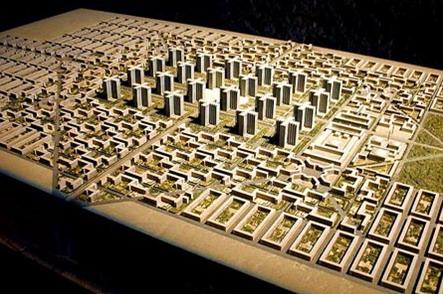
Le Corbusier’s plan also featured apartments called ‘Unites.’ These were prefabricated housing zones in the planned new city. A single unit could accommodate 2700 people. Common areas would be located on the ground floor of the apartments, which reached a height of 50 meters. These common areas had a convenient layout for doing laundry and cooking together. A kindergarten and a pool were located on the roof of the houses. Gaps between the residences provide sunlight for residents. These spaces were parks, and open to everyone.
Although this city model remains untested, it is still a useful example. It shows a way for high-rise buildings to be sustainable. As you can see, the blend of certain elements has an impact on the urban environment. These factors include: Healthy urban life, traffic, noise, public space, and transport. Le Corbusier handled these challenges using a big picture approach. It should be noted that these factors are still relevant challenges to this day. In other words, city planners must pay attention to them even today.
Green Spaces keep a city sustainable
In the modern world, there are negative and positive aspects of high-rise buildings. As such, they impact the capacity for sustainable urban life. There are several aspects to this impact. Land use is an important aspect of the sustainable development of high-rise buildings. As seen in the cities of Le Corbusier, there needs to be a connection between open space and buildings. High-rise buildings should bring together urban and community life in green public spaces. Further, a city should exist in harmony with the natural environment. Thus, the need for a thorough planning approach. This will provide a balance between nature and the built environment. A sustainable approach is not possible in a city dominated by buildings. High-rise buildings should therefore protect natural areas from destruction for sustainable cities.
Sustainable high-rises have efficient energy use
“Utilization of the land is the critical point to achieve a sustainable city”
(Feng & Xingkuan, 2011 )
Energy use is another important part of sustainable urban development. High-rise buildings use intense amounts of energy when they are active. This is a problem for energy efficiency and sustainability. Thus, ensuring energy efficiency in high-rise buildings is of great importance.
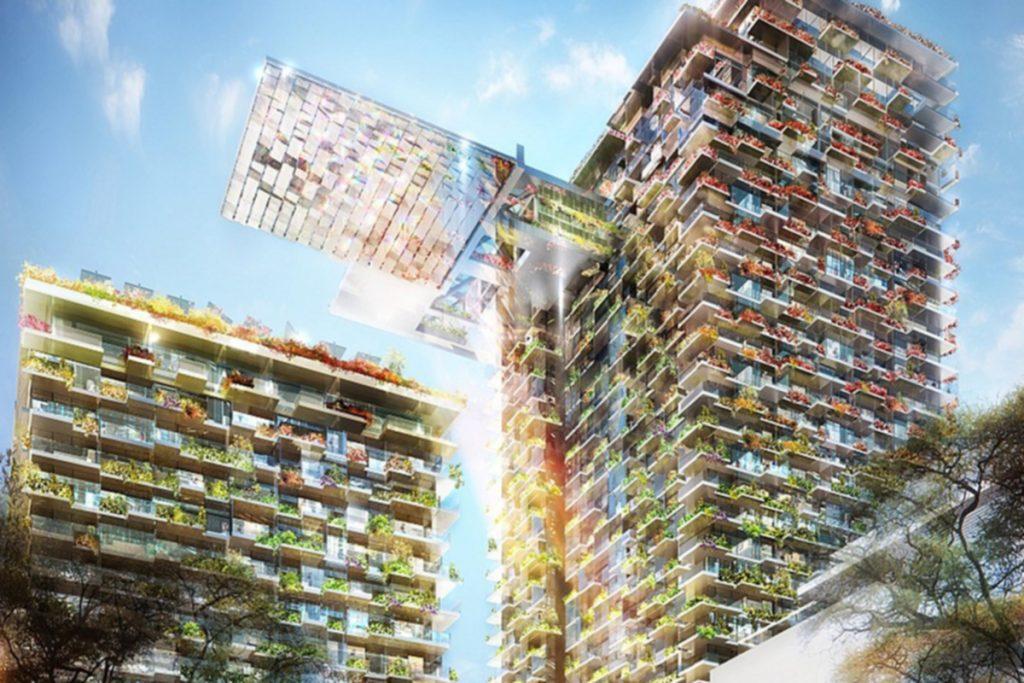
The high-rise at One Central Park in Sydney, Australia is an example of sustainable energy production. Key features of the iconic green building include:
- Hydroponic vertical gardens
- Cantilevered Heliostat (Solar power tower)
- Water recycling plant
- Low carbon trigeneration power plant
“The building will save 136 thousand tons of greenhouse gas emissions over 25 years.”
Nouvel, 2018
The mixed-use high-rise building has two towers, 116m and 64.5m high. The residential tower has a monumental cantilever suspended near the summit. The remarkable console of One Central Park is the Heliostat Solar power plant with reflector panels. The Heliostat captures sunlight and directs it to the shady green areas of the building.
Three examples of sustainable high-rise buildings
- 1. Pixel Building, (Melbourne, Australia)
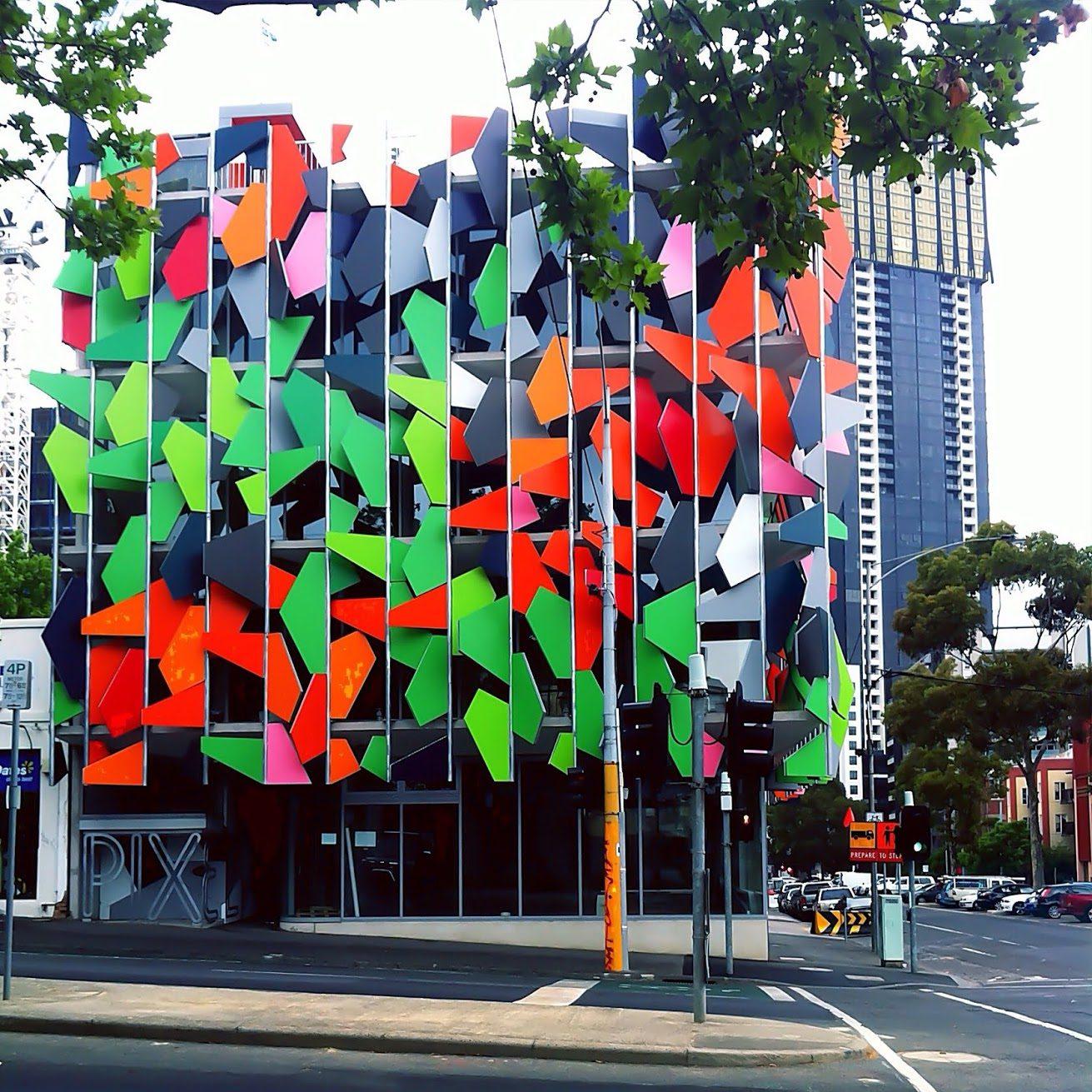
Pixel Building is also known as the “Office of the Future”. It is a prototype for commercial buildings. It generates its own power and collects its own water for a future carbon-limited world.
The building also offers one of the most natural water purification and utilisation systems. It does this through large green roofs which collect rainwater. The building also features balcony structures that mimic an orchard. These also serve as public spaces where common life is also experienced.
2. Copenhill, (Copenhagen, Denmark)
Copenhill is a new type of waste-to-power plant. For instance, it offers areas such as a ski slope, hiking trail, and climbing wall. These are some of the ways it is adopting the concept of sustainability. More importantly, it aims to become the world’s first carbon zero power plant.
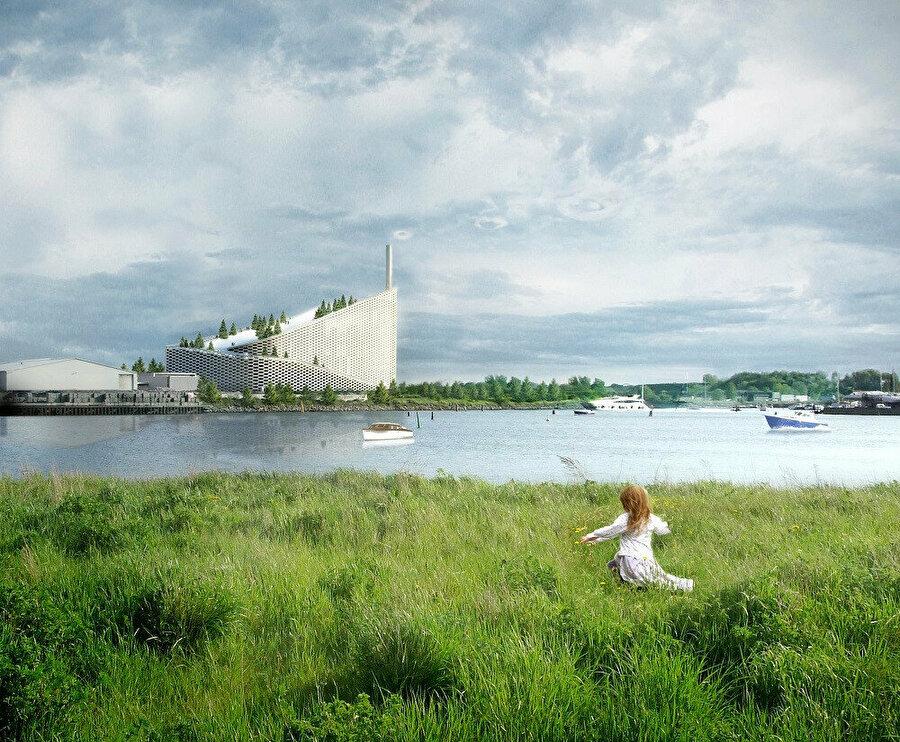
The power plant is a 41,000 m2 waste power plant with an urban recreation center and environmental education center. These areas transform the social infrastructure into an architectural landmark.
- 3. Garden Skyscraper (Paris, France)
Skidmore Owings and Merrill (SOM) designed a 180m high sustainable skyscraper in Paris. Visitors can enter via a garden bridge that crosses the River Seine. This zero-energy building uses a third of its area as a green area. In addition, the project planted a tree for each settlement. This shows that the project works within the scope of sustainability. Further sustainable design elements include rainwater harvesting, gray water recycling, and waste-to-energy recycling.
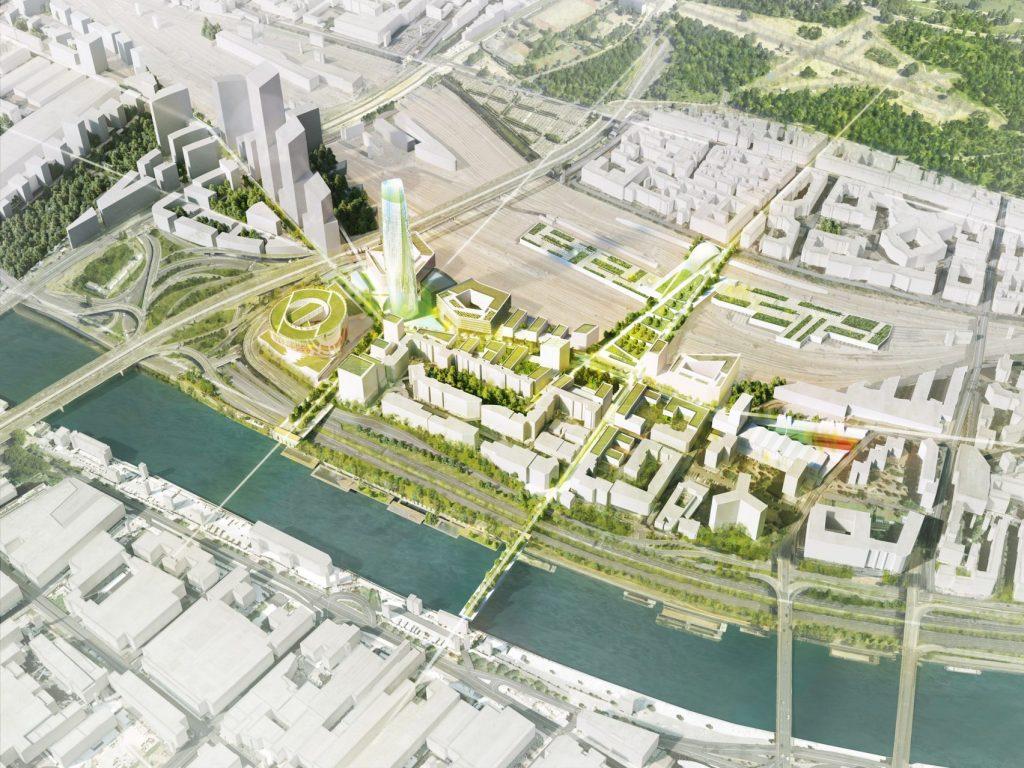
Are current cities sustainable?
These examples showcase sustainable urban design. But, when we take a look at the city skyline of Hong Kong, it’s clear that the city hasn’t considered the needs of its people. This is due to buildings that don’t receive sunlight, consume high amounts of energy and lack green open spaces. Unfortunately, Hong Kong is just one such city. When it comes to cities filled with unsustainable high-rise buildings, there are many. Worse, you can count the number of sustainable high-rise buildings on one hand. It is clear that we need more such buildings, implemented at scale, to THRIVE. Our current urban development efforts are insufficient to meet our growing needs.
This article was written as part of a collaboration between Bersu Aktas and Rebecca Deer.























